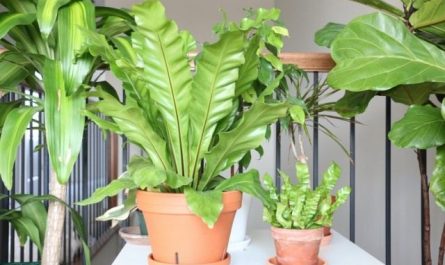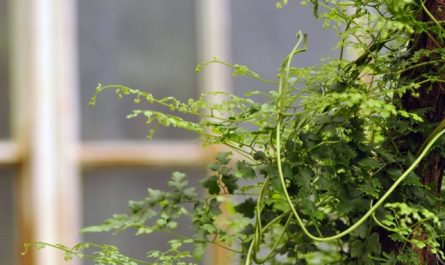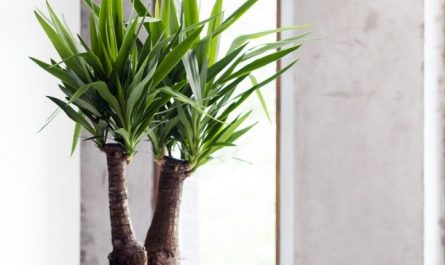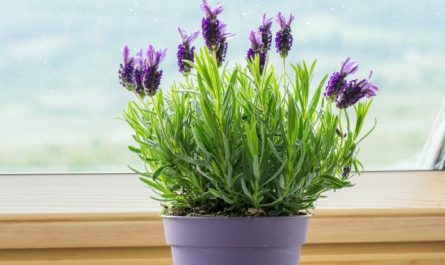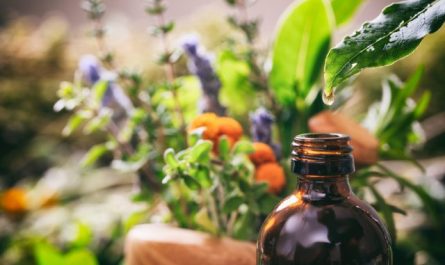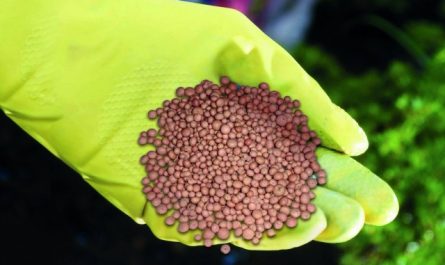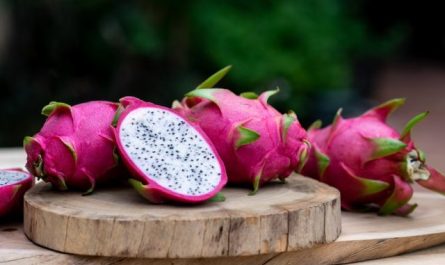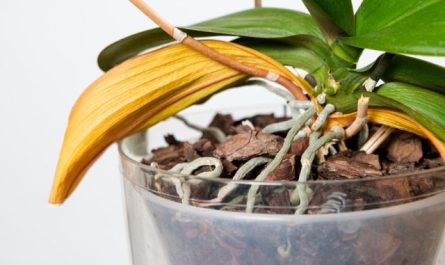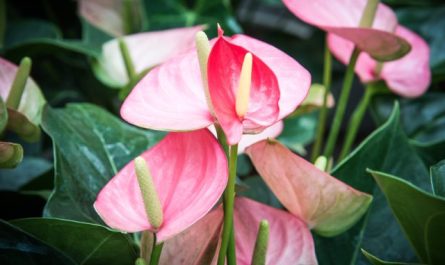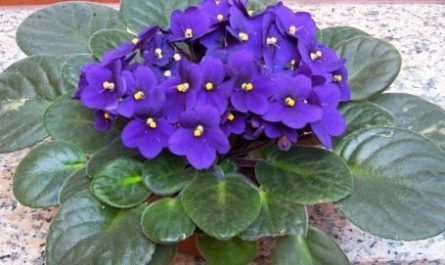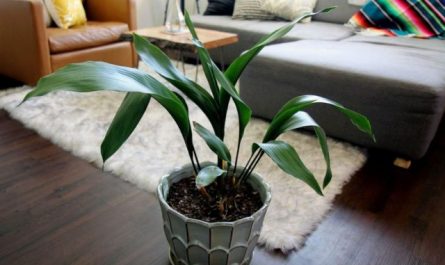Callistemon (callistemon) has several other names – beautiful stamen, red stamen. These are shrubs or small trees, they belong to the Myrtle family (myrtaceae) and come from Australia. Here they can only grow indoors or in winter gardens, as they do not tolerate frost. They are very popular due to the unusual shape of their flowers.

Description of Callistemon
Callistemon is an evergreen plant. The inflorescences with long stamens resemble bottle brushes. It is the stamens that give the flowers a spectacular and original appearance, while the petals are small and inconspicuous. The flowers are up to 12 cm long, dense, cylindrical in shape. They appear at the ends of the branches. After flowering, small woody fruits of a spherical shape are formed.
In nature, callistemon flowers are pollinated by birds that come to feast on sweet nectar. The narrow, alternate leathery leaves are so tough that their sharp edges can cause injury. The leaves contain essential oil. They are arranged in a spiral around the stem. Callistemon has an interesting feature – its leaves are always turned edgewise to the sun. Due to this, their heating is reduced, and the plant protects itself from moisture loss.

Care for Callistemon
Callistemon requires a lot of bright sunlight, otherwise it will not develop and bloom well. Water generously, never allowing the soil to dry out. It is better to use soft water, since callistemon does not tolerate excess lime.
In winter, the plant enters a period of rest. Its growth stops. It needs to spend the winter in a cool, no more than 12 ºC, light room.
In spring, the plant is trimmed so that it looks neat and bushes better. Callistemon tolerates pruning without problems. Then it is transplanted into fresh soil. It should be taken into account that callistemon does not tolerate calcareous soil well. A substrate with a neutral reaction is suitable.

Reproduction of Callistemon
Callistemon reproduces by seeds and cuttings. Plants grown from seeds bloom quite late – in the 4th or 5th year of life. Therefore, it is faster to grow new plants from lignified cuttings cut from late summer to early spring. Cuttings are planted in pots with loose soil, covered with a plastic bag and kept at a temperature of about 20 degrees.

Difficulties in growing callistemon
It needs fresh air, so it is better if it is possible to take the plant out into the garden or onto the balcony.
If the winter was very warm, over 15 ºC, the callistemon may not bloom. You may not wait for flowering if your green pet does not have enough light.
